The views expressed in our content reflect individual perspectives and do not represent the authoritative views of the Baha'i Faith.
On July 9 Baha’is around the world commemorate a powerful moment in history: the Martyrdom of the Bab. In 1844 the Bab (which means Gate in Arabic, and is pronounced bŏb) declared that he was the most recent messenger of God. He prepared people to receive new teachings from God through which the whole world could unite to create justice and lasting peace and paved the way for Bahaʼu’llah, the prophet and founder of the Baha’i Faith. A firing squad executed the Bab in 1850.
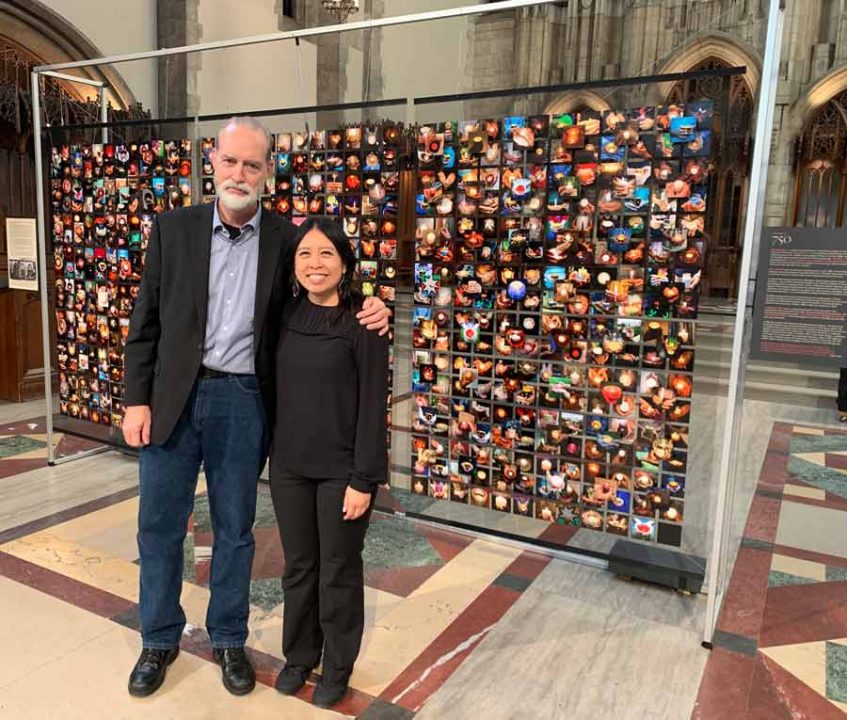
In commemoration of the Martyrdom of the Bab, we created a 750-image photographic art installation as a visual meditation for this occasion. The installation comprises 750 portraits of individually lit candles that we produced in collaboration with 16 other photographers and visual artists from five different countries. The installation, which is approximately 15 feet wide and 8 feet tall, was created in answer to an open call to artists for the 2019 Art In Response to Violence conference in Chicago. We proposed an art installation piece in response to the violent death of the Bab.
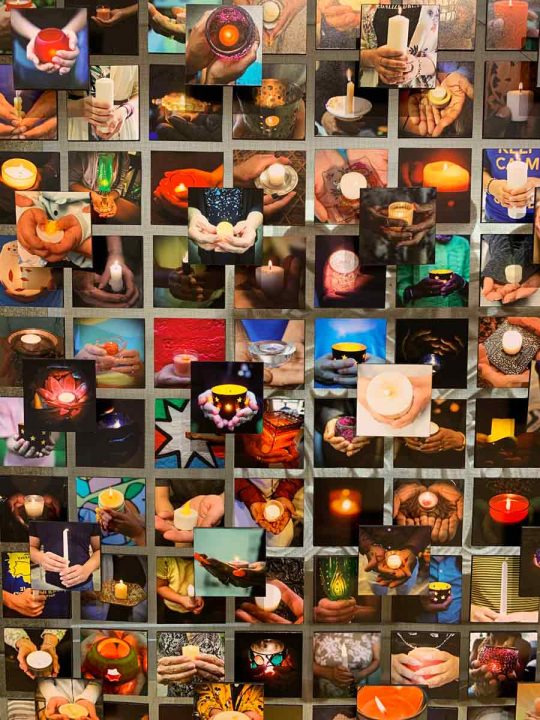
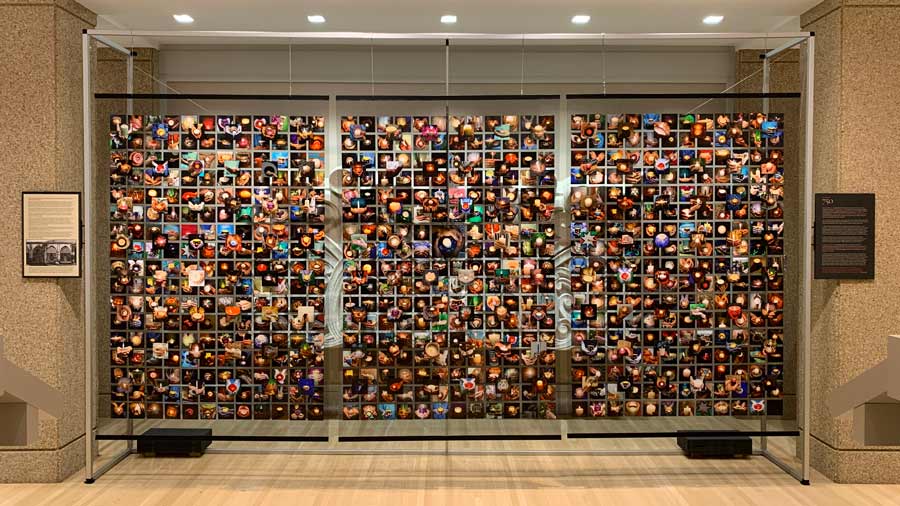
In 1844 the Bab declared that he embodied a “Great Announcement” to all of humanity — that a world-transforming revelation was imminent, destined to disrupt the prevailing patterns of religious division, racism, nationalism, gender inequality, and injustice. That revelation would resolve the conflicting forces of humankind’s childhood and usher in its spiritual maturity, resulting in the reign of justice, knowledge, and unity across the world — an era anticipated by religious prophecies throughout history.

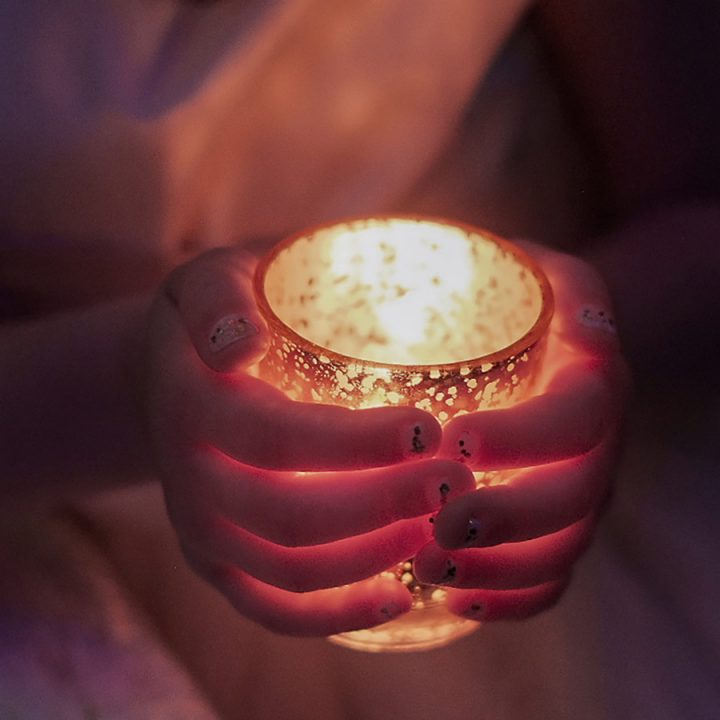
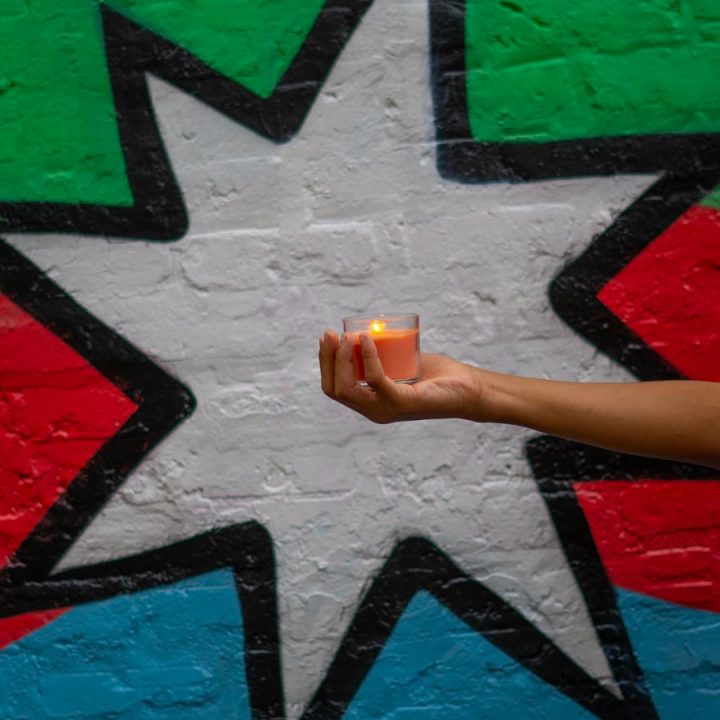
Those holding power did not welcome the Bab’s announcement in Persia (now Iran). Baha’u’llah wrote of it that “No sooner did He reveal Himself, than all the people rose up against Him.” An uproar by religious and civil authorities swept through society for the next six years and beyond, inciting extreme violence against thousands of the growing band of believers in this new cause. Finally, in 1850 on July 9, the Bab was sentenced to death and faced a regiment of 750 soldiers, each with a rifle aimed at his being. At the execution, the first attempt by a firing squad was spectacularly unsuccessful. Another regiment of 750 riflemen was quickly gathered and ordered to open fire. This second round of 750 bullets shredded the Bab’s body and that of one of his youthful followers, Anis, who begged to die with him.
750 photographs — candles being held by one or more human beings, in various locations on the planet, reminding us that we are, in truth, one human family.
750 responses — to the darkness of violence that eventually claimed the lives of over 20,000 innocent people in Persia in the mid-1800s — including one (the Bab) whose teachings reverberate into the present day —summoning us to action and service, to heal, transform, and end the brutality that exists today.
750 lights — to recall the Bab’s suffering and sacrifice, fueling us with energy, vision, and hope to continue working for a better and more beautiful world, acknowledging that the Bab’s teachings of justice, equality, unity, and love will never be put out; as Baha’u’llah wrote: “Love is a light that never dwelleth in a heart possessed by fear.”
750 art installation received supporting grants from the Art in Response to Violence Conference, the Baha’i House of Worship, and the Local Spiritual Assembly of the Baha’is of Chicago.
Photographers: Kamāl Atešhi (Kuwait); Jaime Baskin (USA); Ronald Browne (USA); Linda DuPuis Rosen (USA); Brian Gorman (USA); Nancy Greenman (USA); Lauren Herrmann (USA); Edit Kalman (Hungary); Lindsey Lugsch-Tehle (USA); Nate Mathews (USA); Ramraj Meetun (Mauritius); Majid Nolley (USA); June Perkins (Australia); Robert Reddy (USA); Earle Rowe (USA); Sholeh Samadani Munion (USA); Dawn Vogel (USA); Nancy Wong (USA)



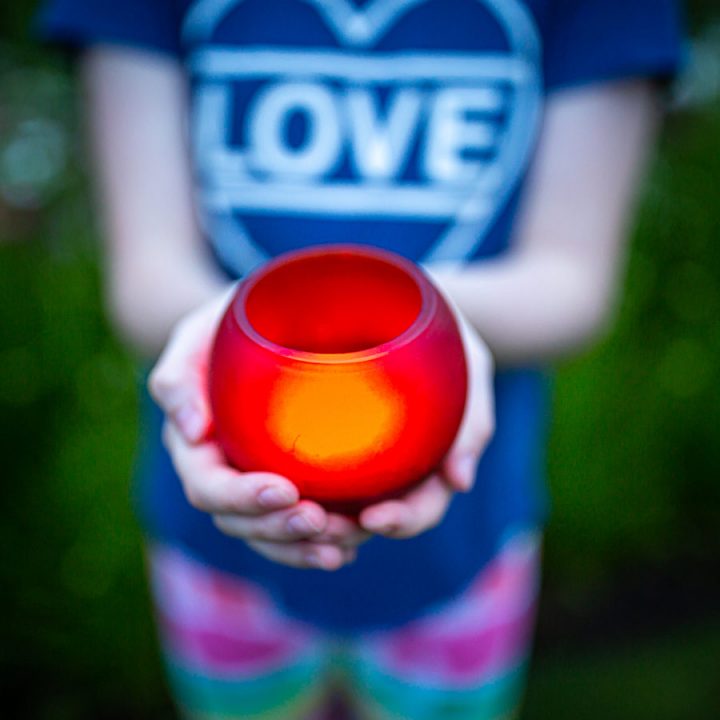

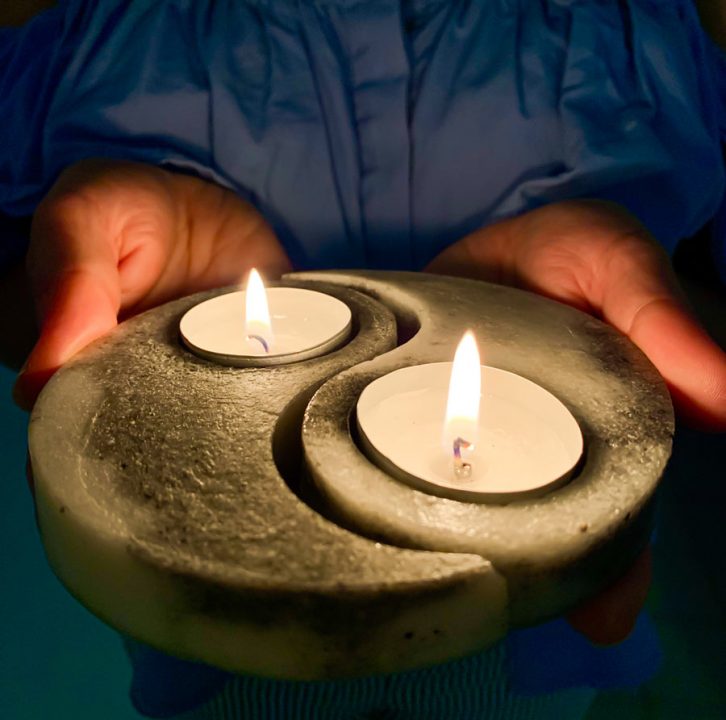

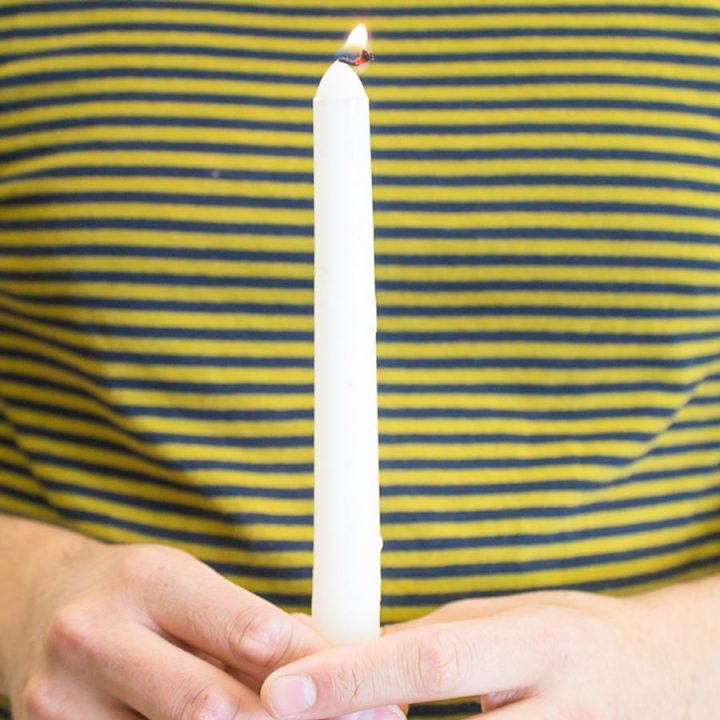

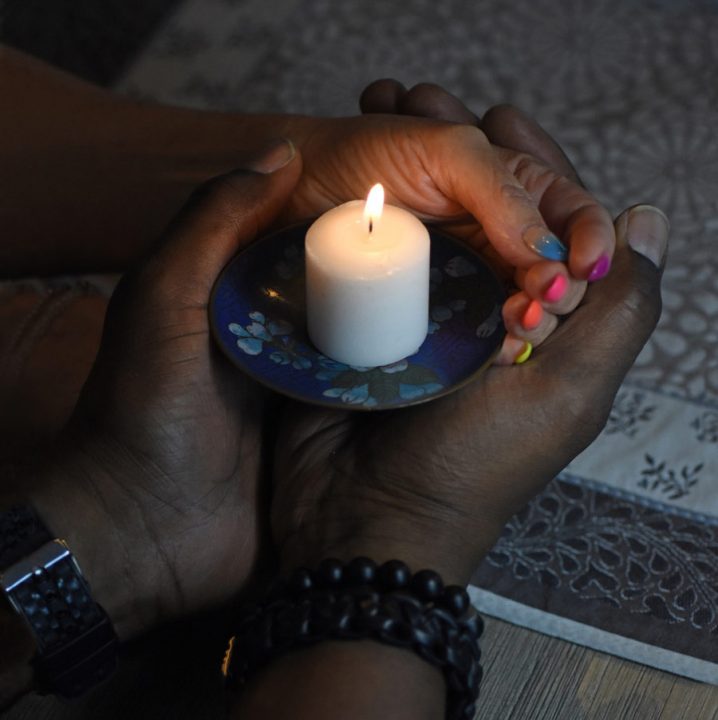

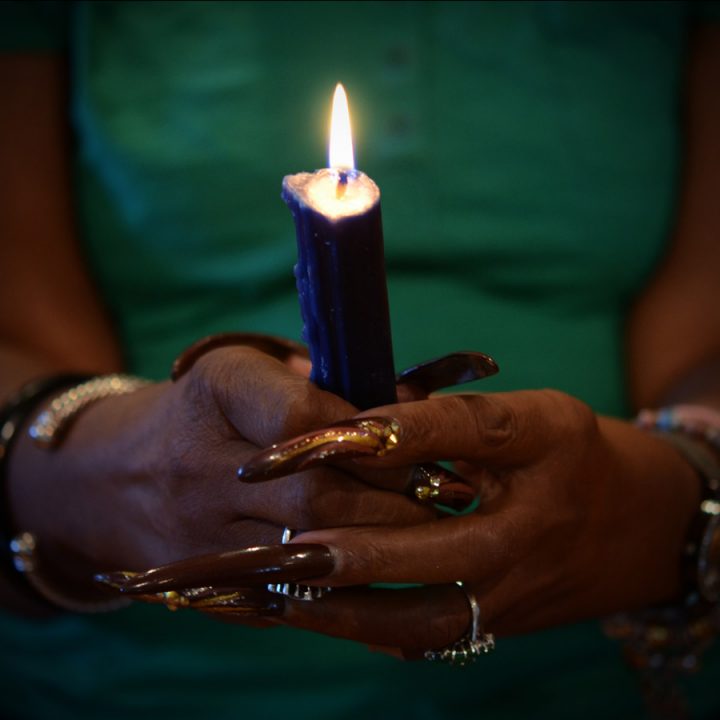
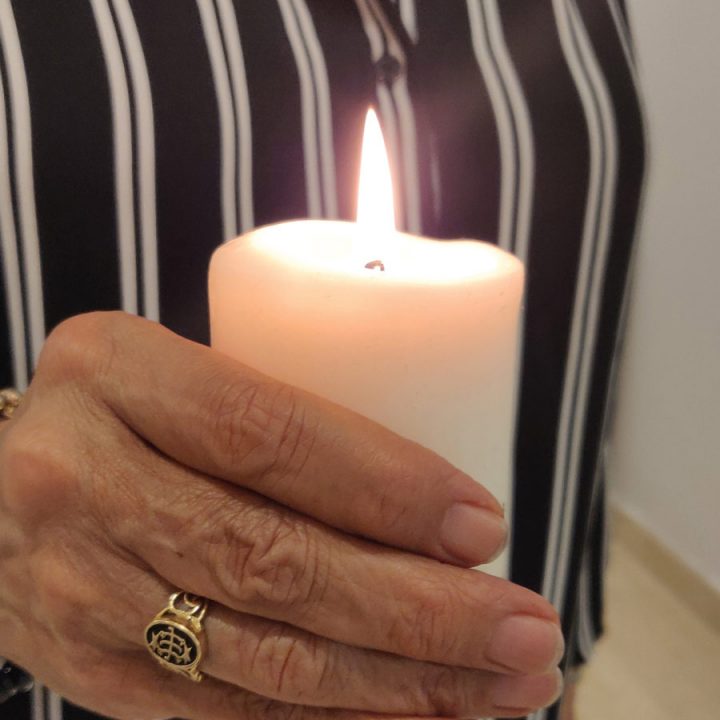
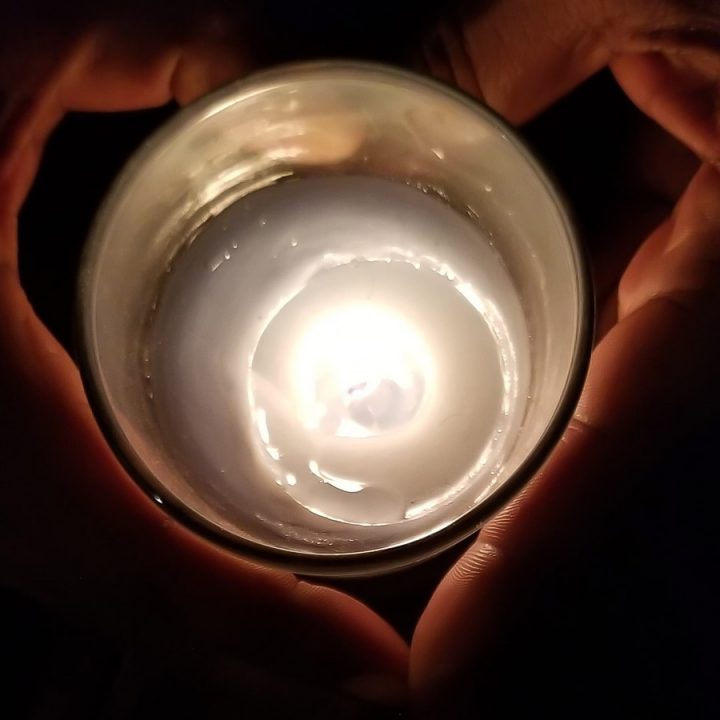
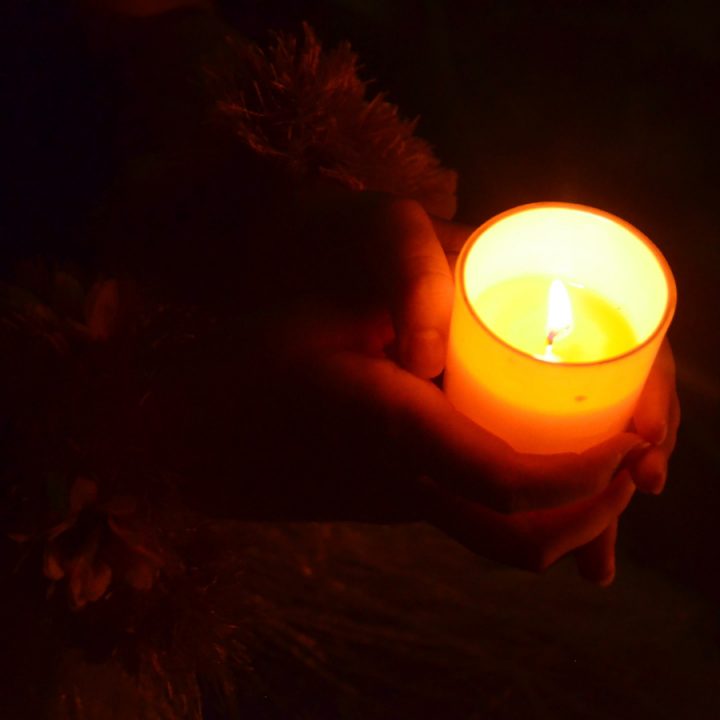

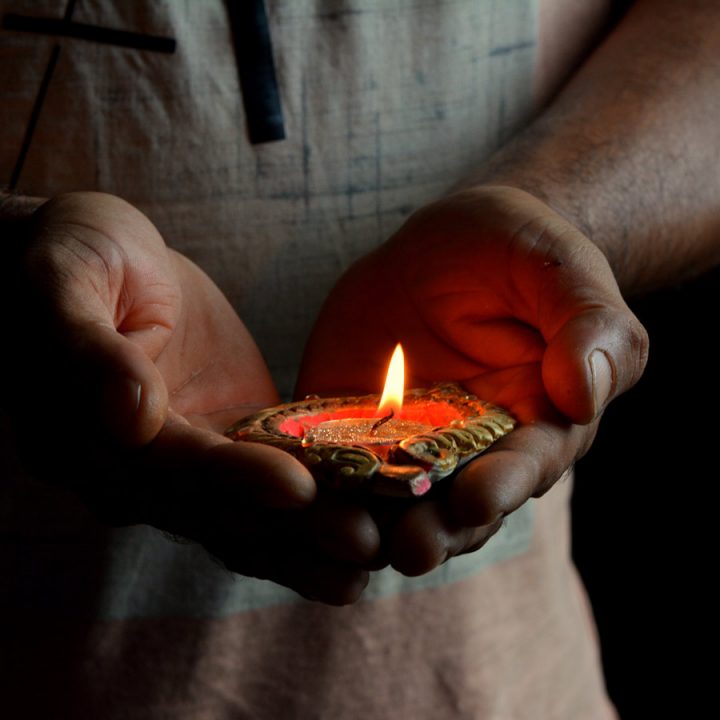


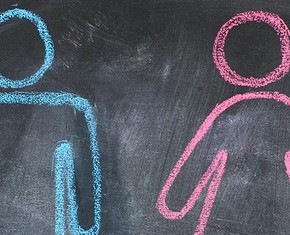
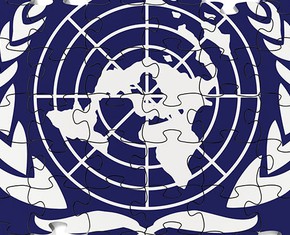
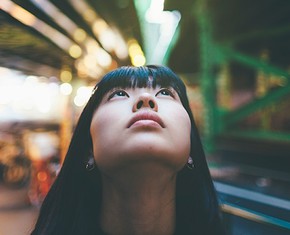









Comments
Sign in or create an account
Continue with Googleor